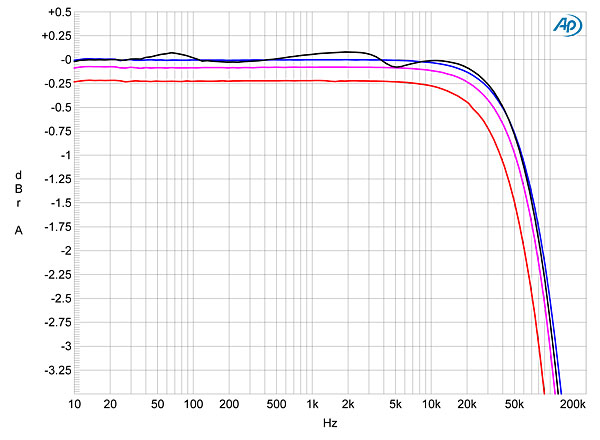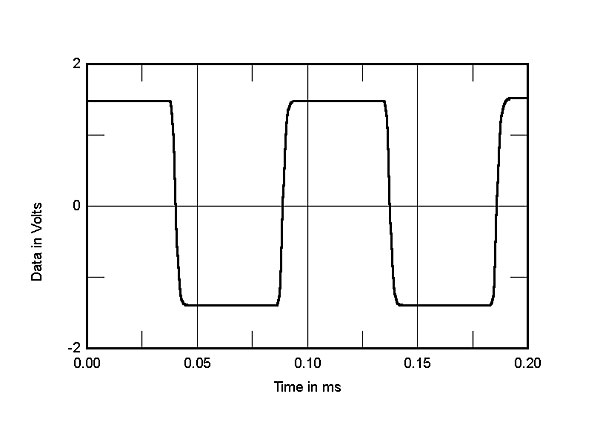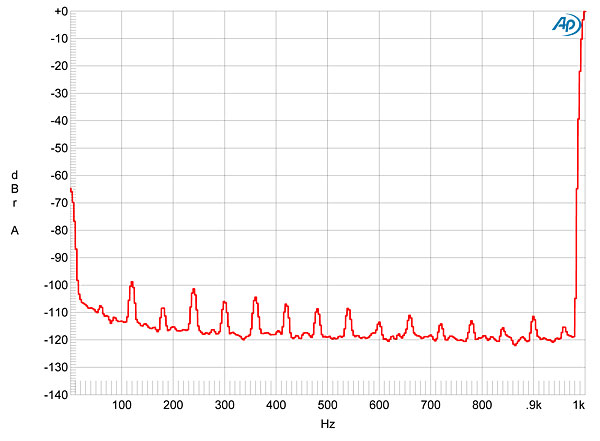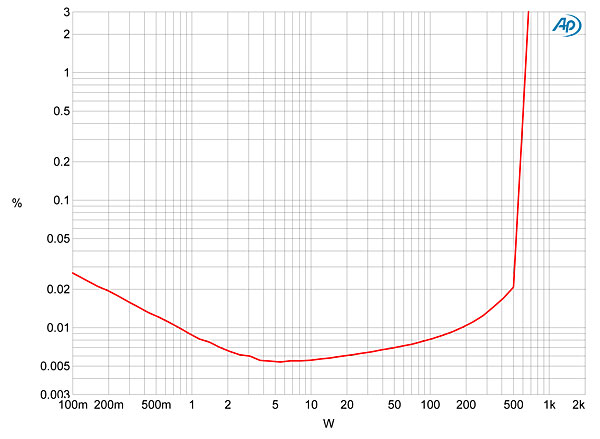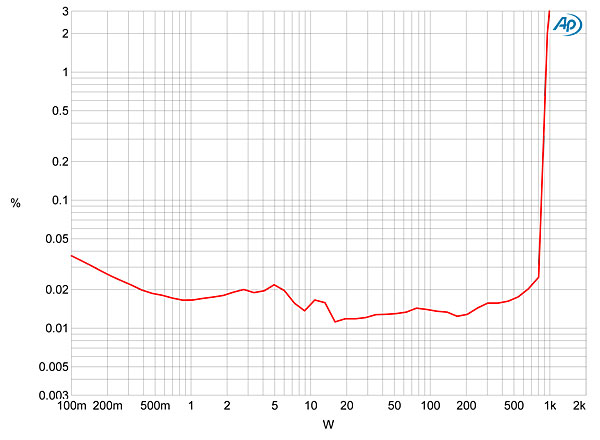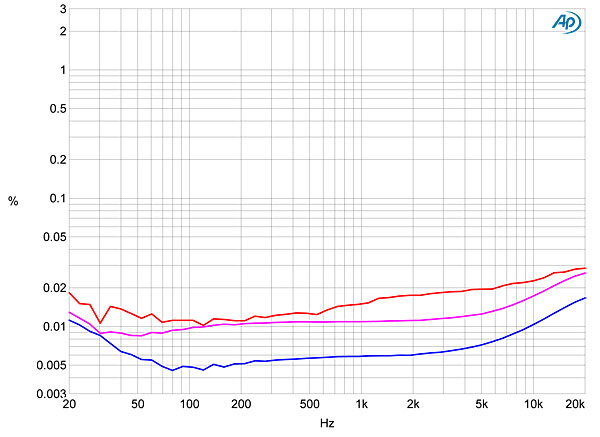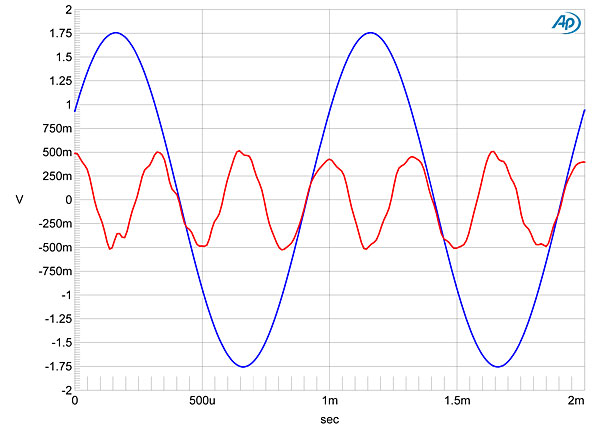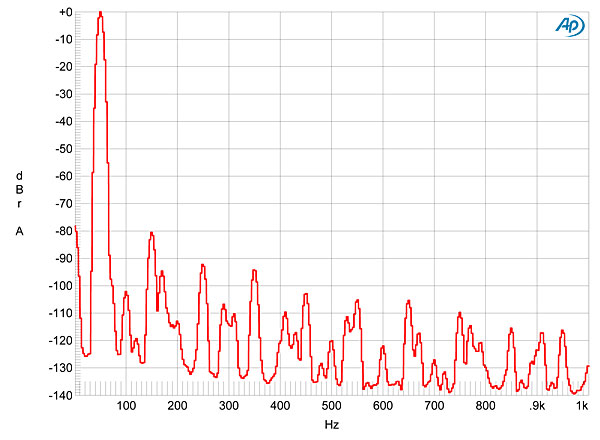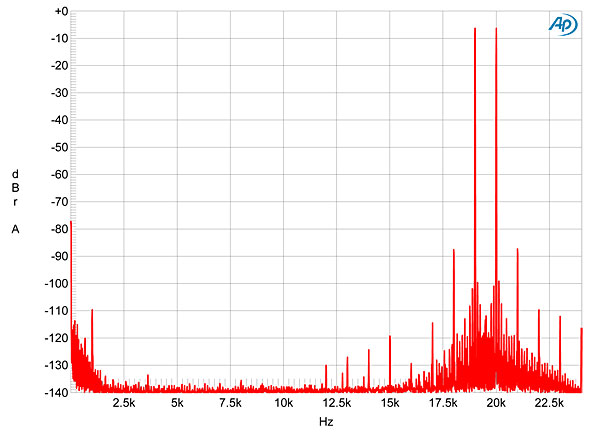| Columns Retired Columns & Blogs |
You keep on bringing up your dartzeels in this interview, comparing it with the Krells. Thats like comparing a Volkswagen to a Porche, come on now! Not even a fair comparison. Personaly I think the Datzeels are overpriced because you have to handle them with such kid gloves or they will break down.
